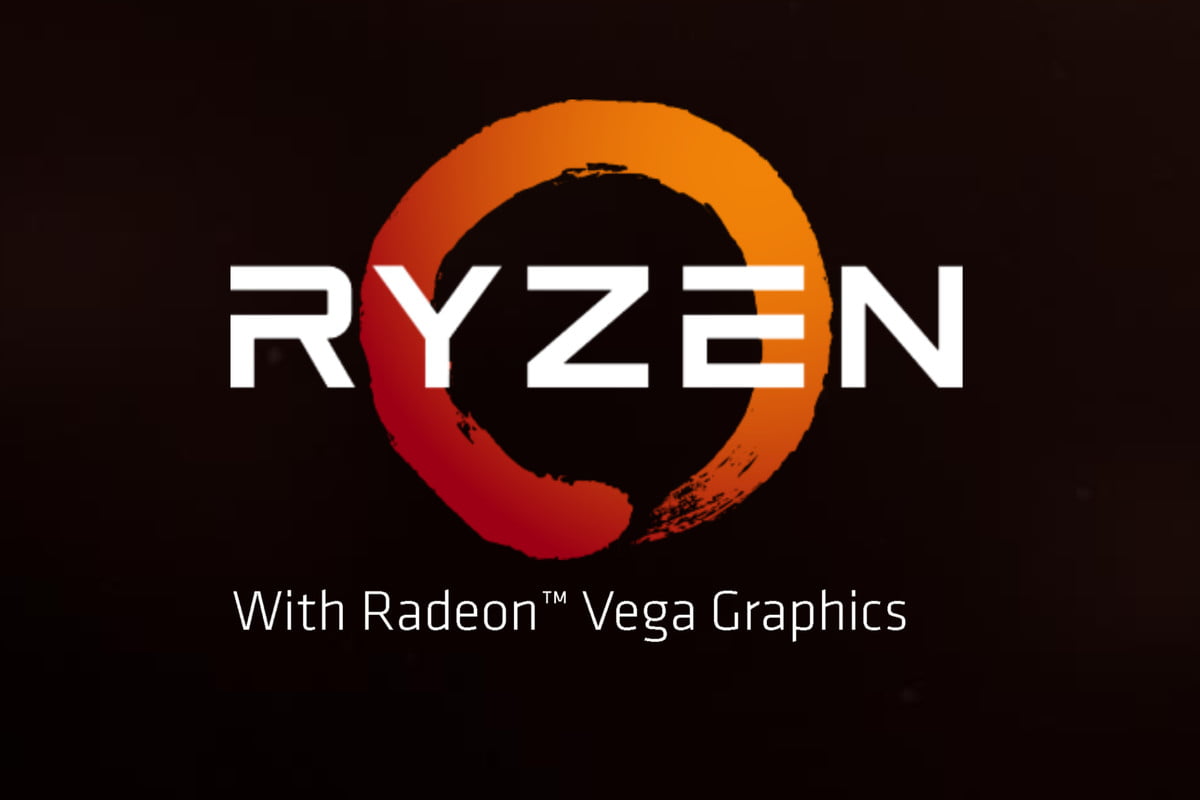/cdn.vox-cdn.com/uploads/chorus_image/image/57330757/Screen_Shot_2017_10_26_at_8.42.39_AM.0.png)
Over the last year, one of the more interesting stories has been AMD’s resurgence to relevance as a viable alternative to Intel. AMD’s new Ryzen chips have managed to at least offer a credible challenge to Intel’s dominance in almost every facet of the desktop PC world, from high-end, multi-core processors like the Threadripper line to the budget Ryzen 3.
But now AMD is setting its sights even higher, toward laptops — arguably the most important segment of the computer category, and one where Intel’s lines of Core i3, i5, and i7 chips have long reigned virtually uncontested by AMD. To that end, the company is unveiling its first two laptop processors from the Ryzen line: the Ryzen 5 2500U and the Ryzen 7 2700U, designed for ultrathin laptops.
/cdn.vox-cdn.com/uploads/chorus_asset/file/9542169/AMD_Ryzen_processor_with_Radeon_Vega_Graphics_Die_Shot.jpg)
As the company teased in May, the two Ryzen laptop chips are technically APUs, or “accelerated processing units,” which combine a CPU and an integrated GPU into a single chip. In the case of the Ryzen 5 2500U and the Ryzen 7 2700U, that’s a Ryzen CPU with a Radeon Vega GPU, and represents one of AMD’s key advantages here — unlike Intel, which has to rely on partners like Nvidia to provide high-end graphical capabilities, AMD is able to leverage its own GPU experience from the Radeon line in its integrated chips. That said, Intel does produce its own integrated graphics on its chips too, through the Iris and Intel HD Graphics lines, although AMD claims that its existing experience gives it an edge here.
Both processors are 15W chips and offer four cores and eight threads. The Ryzen 5 2500U is clocked at a base speed of 2.0GHz (which can be boosted to 3.6GHz), with the Ryzen 7 2700U coming in at a base speed of 2.2GHz (which can be boosted to 3.8GHz). On the GPU side, the 2500U offers eight Radeon Vega compute units (CUs) and is clocked at up to 1100MHz, while the 2700U offers 10 Vega CUs clocked at up to 1300MHz.
On paper, those compare pretty well to Intel’s latest eight-generation Core i5 and Core i7 U-series chips, which the company announced last month, although we’ll have to wait for actual benchmarking to come in to see how the processors stack up head to head.
For its own part, AMD claims that the new Ryzen chips will offer dramatically improved performance over its own last generation of laptop chips, with up to 200 percent more CPU performance (for multicore use) and up to 128 percent better GPU performance, although AMD’s last generation of chips weren’t exactly computational powerhouses to start.
Part of how AMD is accomplishing this is through things like the company’s revised Precision Boost 2 technology, which more intelligently manages how much the CPU can boost as workload increases on a more granular level. That’s instead of the original Precision Boost from the Ryzen desktop chips, which simply switched between “two-core boost” and “all-core boost” modes.
Of course, none of this actually matters unless AMD can get its chips into the hands of consumers. To that end, the company says to expect to see Ryzen versions of existing laptops from Acer, HP, and Lenovo this holiday season, with more news to come next year start at CES 2018.
But if AMD can keep the momentum going — which is admittedly a big ask, given Intel’s sheer dominance of the mobile processor space — 2018 could be shaping up to be a really interesting place when it comes to laptop processors. And at the very least, its nice to see some real competition alive in the industry again.
[“Source-theverge”]










